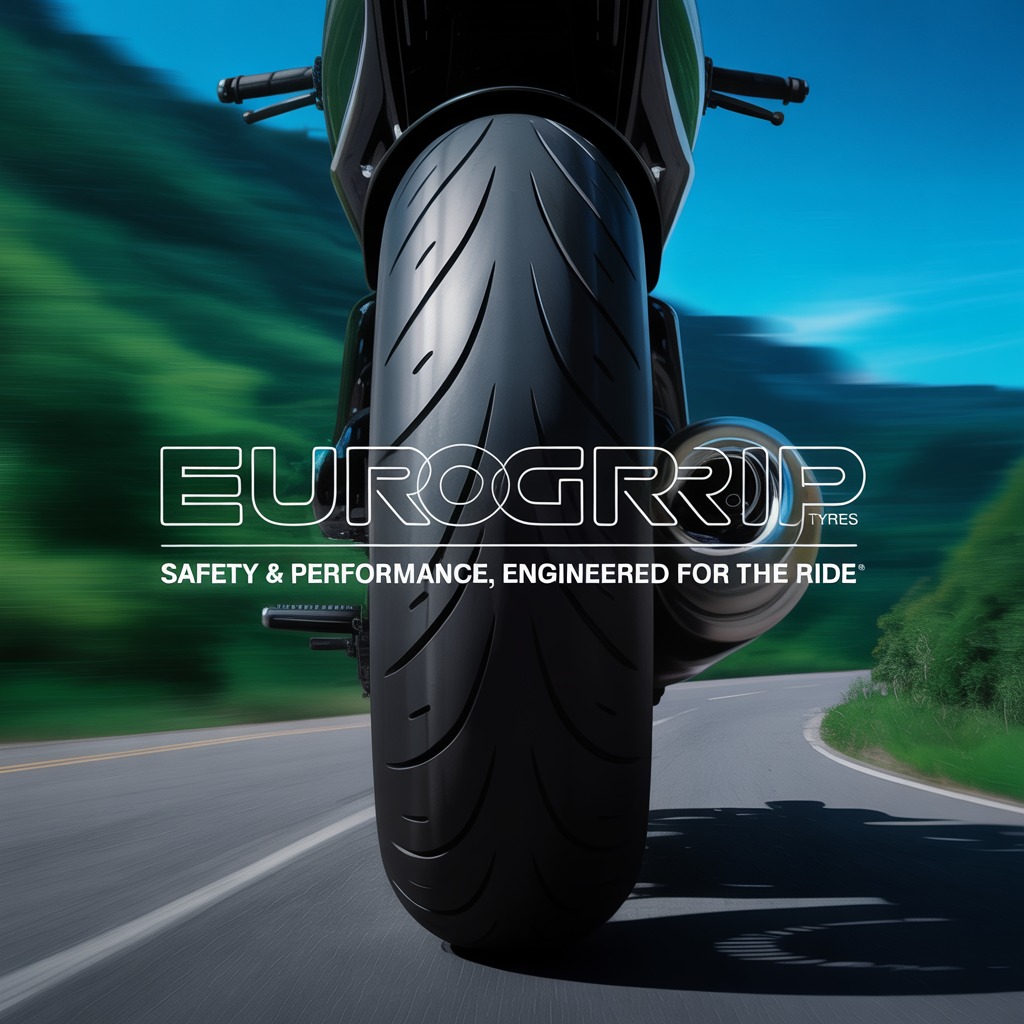Motorcycle Tyre Load Ratings And Speed Indices: A Technical Deep Dive
Understanding motorcycle tyre load ratings and speed indices is crucial for safety and performance. Learn how tyre codes affect weight...

When it comes to motorcycle safety and performance, few components are as critical as your bike tyres. As the sole point of contact between your machine and the road, they bear the full weight of the motorcycle, rider, passenger, and cargo while also withstanding high-speed forces. Understanding motorcycle tyre load ratings and speed indices is essential for any rider who wants to ensure safe handling, optimal performance, and regulatory compliance.
What is a Motorcycle Tyre Load Rating?
The load rating of a motorcycle tyre refers to the maximum weight it can safely carry at its maximum allowable pressure. This is expressed as a numerical code found on the tyre’s sidewall, usually after the tyre size. For example, on a tyre marked 160/60 R17 69H, the number 69 indicates the load index.
Each load index corresponds to a specific weight limit:
| Load Index | Maximum Load (kg) |
|---|---|
| 58 | 236 |
| 66 | 300 |
| 73 | 365 |
These values are standardized and can be found in load index charts provided by tyre manufacturers. Importantly, the rating is per tyre, so for motorcycles with two tyres, the total weight the tyres can support is the sum of both front and rear tyre load ratings.
Manufacturers calculate the appropriate tyre load index based on the motorcycle’s gross vehicle weight rating (GVWR). This includes the motorcycle’s dry weight, rider(s), passenger, fuel, luggage, and any accessories. Fitting tyres with a lower-than-recommended load index may lead to premature wear, heat buildup, or tyre failure.
Understanding Motorcycle Tyre Speed Indices
The speed index (or speed rating) indicates the maximum sustained speed a tyre can handle when carrying its rated load. This is represented by a letter following the load index. Continuing our earlier example, 69H means the tyre has a load index of 69 and a speed rating of H.
Here’s a summary of common speed ratings for motorcycle tyres:
| Speed Rating | Maximum Speed (km/h) |
|---|---|
| P | 150 |
| H | 210 |
| V | 240 |
| W | 270 |
| Y | 300 |
Sometimes, the tyre may also include the letter Z (e.g., ZR) as part of the size code, which traditionally indicated suitability for speeds above 240 km/h. However, modern tyre markings provide a more exact speed capability by pairing the ZR with a specific speed index like W or Y.
Speed ratings are determined under controlled conditions, typically in a laboratory setting. Tyres are tested for heat tolerance, structural integrity, and performance consistency at high speeds.
Choosing the Right Load and Speed Ratings
Selecting bike tyres with the correct load and speed ratings is essential for both safety and performance. A mismatch between the tyre’s rating and the actual demands placed on it can cause:
- Excessive heat build-up, leading to blowouts
- Tread separation or sidewall failure
- Compromised handling, especially during cornering or braking
- Reduced tyre lifespan
Additionally, using tyres below the recommended ratings can void warranties or insurance coverage and may be illegal in some jurisdictions.
Your choice of tyre should match your motorcycle type and how you use it:
- Sport bikes demand high-speed rated tyres due to their performance capabilities.
- Cruisers and touring bikes often require tyres with higher load ratings to support added weight from luggage and passengers.
- Adventure and dual-sport bikes may need tyres with off-road tread but also adequate load/speed ratings for road use.
Even if you’re not pushing the limits of speed or weight capacity, tyres that exceed the manufacturer’s minimum recommendations can offer a margin of safety, especially under variable riding conditions.
Finding the Best Tyre for Your Bike
When searching for the best tyre for bike use, consider factors beyond just load and speed ratings:
- Tread pattern: Different patterns offer varying levels of grip, water dispersion, and noise.
- Compound: Softer compounds provide better traction but wear faster; harder compounds last longer but may sacrifice some grip.
- Riding style: Aggressive riders may prefer stickier, high-performance tyres, while commuters might prioritize longevity and wet weather performance.
- Bike tyre price: Premium tyres often offer advanced technologies and superior performance but come at a higher cost.
To find the ideal balance of performance, durability, and value, consult with experienced riders, read reviews, and consider your specific needs. Many tyre manufacturers offer online tools to help you find the right tyre based on your motorcycle make, model, and year.
Conclusion
Motorcycle tyre load ratings and speed indices aren’t just technical jargon—they are fundamental specifications that directly impact your safety and your bike’s performance. Always refer to your motorcycle’s owner’s manual or consult a tyre professional to ensure you select tyres that meet or exceed the recommended ratings.
If you’re looking to buy tyres online, be sure to choose a reputable retailer that offers a wide selection of high-quality options. Eurogrip, for example, is a leading manufacturer of two-wheeler tyres that cater to quality-conscious and discerning riders. Their tyres are rigorously tested in various road conditions to ensure optimal performance and durability.
Riding on properly rated tyres doesn’t just provide peace of mind—it keeps you connected to the road in the safest and most efficient way possible. By understanding and adhering to motorcycle tyre load and speed ratings, you can enjoy the full potential of your machine while prioritizing safety on every ride.
Publisher: The News US



